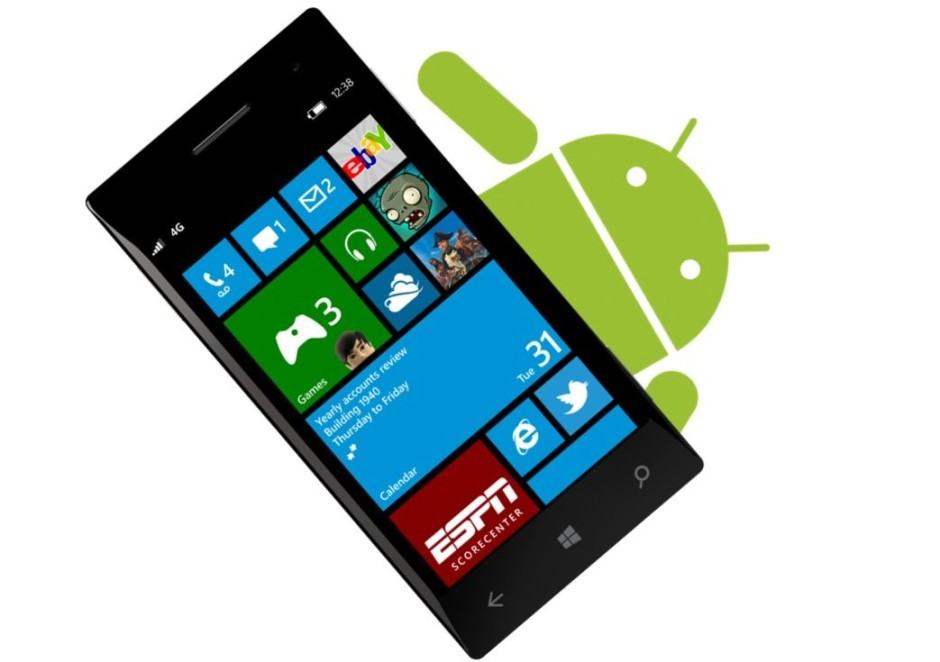Microsoft is bringing Android and iOS apps to Windows phones

Android and iOS apps on Windows phones? Yup. Photo: Microsoft
More than four years after its debut, Windows Phone still has a native app problem. Microsoft has now accepted that’s not going to change anytime soon, so in an effort to attract new users to its platform, it’s going to allow them to run Android and iOS apps… sort of.
BlackBerry has been allowing users run Android apps on its BB10 platform since its inception, and after struggling to persuade developers to build native applications, it has made the process of installing Android apps easier by pre-installing the Android Appstore.
Now Microsoft is following a somewhat similar path.
The software giant has tried and failed to attract many of the biggest mobile developers, and that has meant Windows Phone users have had to do without many of the titles that are huge on Android and iOS, including Snapchat, Tinder, and anything made by Google.
It’s a common problem for a platform with a small — at least in comparison with Android and iOS — user base; developers don’t want to spend time building apps for a platform with a 2.8% market share, and consumers don’t want to invest in a platform with no apps.
So, to attract some of those consumers to its new Windows 10 platform for smartphones, Microsoft is providing support for apps built for Android and iOS. But it hopes to do a better job of it than BlackBerry has.
Rather than just giving users the ability to install Android APK packages and run them inside an emulator, Microsoft is going to make it seamless for developers to use their existing Android and iOS code to build a native Windows 10 app.
All the code they’ve already written in Java, C++, and Objective C can be imported into Microsoft’s development tools to build a Windows 10 smartphone app incredibly quickly. They can then integrate Microsoft services and Windows features with little effort.
While users will be running apps originally built for third-party platforms, then, they will feel just like native apps, and they will support things like Live Tiles and Xbox Live achievements.
From a development point of view, this means porting apps to Windows is going to be easier and cheaper than ever before. With little time, effort, and fewer resources, they can put their app into the hands of hundreds of thousands of new users.
There’s never been a better reason to develop for Windows smartphones, and it will surely boost the platform’s app catalog at a rapid rate — in turn attracting new users, and ensuring existing ones aren’t looking elsewhere for new apps.
This is by far the biggest improvement Microsoft is introducing with Windows 10.


